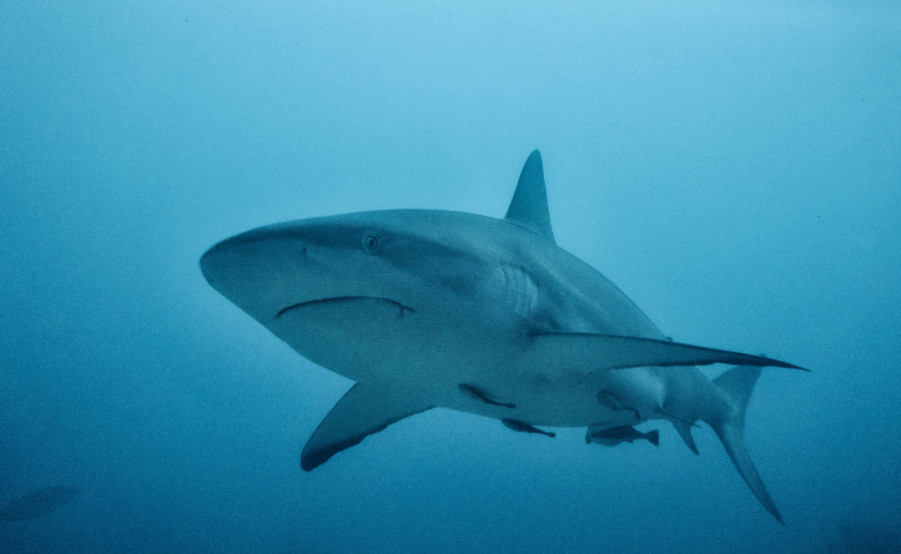I have a tendency to a be a bit of a busybody. While my preferred comparison for all that running around has always been the ever-mobile wolverine (the namesake for Gulo in Nature!) another animal is a frequent comparison. People often use sharks as an example of an animal that always has to keep moving. Supposedly, if a shark stops swimming, it will drown. But is that really true? Do sharks really die if they stop swimming?
This sounds like a great topic for Biologist Ruins Everything! So let’s get right down to it. First off, since many people talk about sharks drowning, we can guess this has something to do with breathing. For starters, it’s worth asking: How do sharks breathe?
Breathing with gills
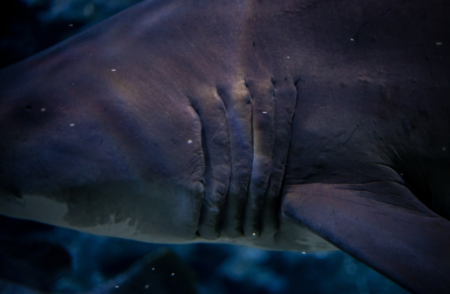
All living things need oxygen to support cellular respiration, the basic metabolism that keeps life going in cells. You can learn more about metabolisms in my post about why sloths are so slow! Without respiration, metabolism can come to a screeching halt. As a result, many essential bodily functions (importantly, our brains!) can stop in dangerous ways.
Fish and other aquatic organisms, including crustaceans like lobsters, use gills to breathe. These are feathery sets of organs that permit gas exchange with the surrounding water. In other words, they “pull” oxygen that is dissolved in the surrounding water into the animal’s bloodstream. At the same time, they pass carbon dioxide, a waste product or “exhaust” from respiration, back into the water.
One big difference between gills and breathing lungs like we have is that they are more or less open to the surrounding water. Our lungs, meanwhile, are only exposed to the air that we breathe in or inhale. When we breathe in, our bodies absorb the oxygen that they need and replace it with CO2, and we breathe that gas back out. When we need new oxygen, we breathe again. Obviously, breathing is a continuous thing: our bodies always need more oxygen and we constantly breathe to provide it.
Sharks and other gill breathers need to keep a steady flow of water moving past their gills to get enough oxygen. This movement lets them get rid of carbon dioxide-filled water and get new, oxygenated water, without pulling in and pushing out water like we do with air. Of course, just like with breathing air, if that flow of water stops, so does the oxygen!
How do sharks breathe?
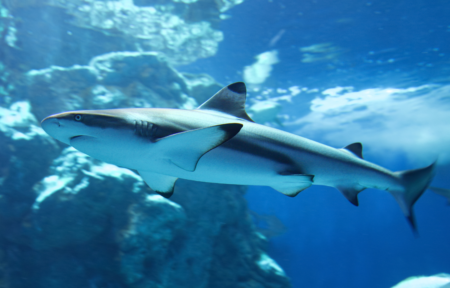
Sharks are ancient animals, with a presence in the fossil record going back more than 450 million years. (That’s older than the dinosaurs, by the way!). So, it makes sense that their gills are rather old-fashioned. Sharks belong to a subclass of fish called Elasmobranchii, also known as the cartilaginous fish. The scientific name of their group means “plate gilled” and refers to that old-fashioned design.
Shark gills are effectively “naked” to the outside water, giving the shark less control over how much water they can move past them. By contrast, bony fish gills are covered with a bony flap called the operculum. This can help them control water flow over the gills.
The most basic way for sharks to move water past their gills is by moving forward. As they swim, water enters their mouth or holes near the eyes called spiracles. This inflow of water passes over the gills and exits through the gill slits behind the jaw. This process, called ram ventilation, keeps oxygenated water moving past the sharks gills. This is a lot like why the air intakes for many cars are in the front; as they move forward, air can move through and cool the engine.
What happens when a shark stops swimming?
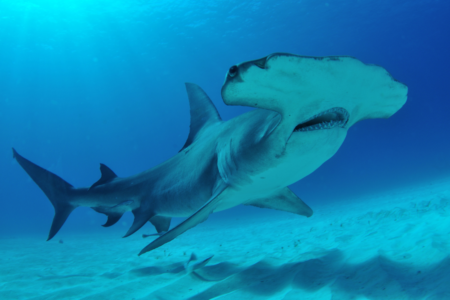
If a shark stops moving forward, then water will stop passing through the gills; ram ventilation will cease. This is somewhat similar to a person holding their breath. Does this mean that sharks die if they stop swimming? Would they just keel over and die? Eventually, yes, but that’s highly unlikely. Would you die if you held your breath? Only if you did it for a really long of time!
This process might take even longer for sharks, because oxygen gas would still naturally diffuse through the water following a concentration gradient. However, this would be too slow to provide for all of the shark’s oxygen needs. Nonetheless, if a shark stops, even if it doesn’t have another way to breathe, it won’t instantly drown. However, it’s worth knowing that most sharks have a second method of breathing that they can employ.
Other ways that sharks breathe
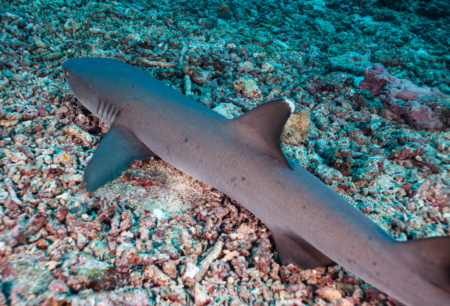
Most sharks can also use muscles in their mouths to pump water through their mouth and past their gills. Scientists call this buccal pumping. If you’ve ever seen a shark lying on the bottom of an aquarium with its mouth opening and closing, then you’ve seen it in action! Sharks that have efficient muscles for pumping water can keep the flow of water going even when they are motionless.
Sharks with more sedentary lifestyles, like ones that live near coral reefs, tend to be very good at buccal pumping. That way, even though they spend most of their time hanging around motionless, they can maintain their oxygen supply. Common species that are good at this include nurse sharks (Ginglymostoma cirratum) and tiger sharks (Galeocerdo cuvier).
By contrast, some pelagic sharks, or ones that spend their time moving through the water column, aren’t capable of buccal pumping. Something like 21 species, including the great white, mako (genus Isurus), and hammerhead (family Sphyrnidae) sharks, can breathe only using ram ventilation. These species definitely have to keep moving!
Staying afloat
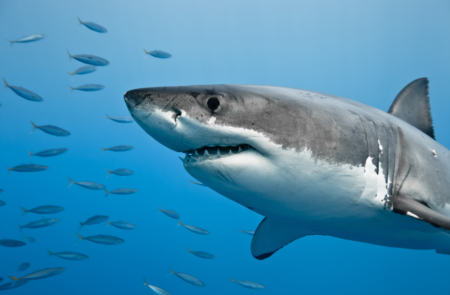
However, there is one more major thing that can happen if a shark stops swimming: they sink! While fish typically have air bladders, gas-filled organs that keep them from sinking, sharks do not. Instead, sharks often store lots of oil, which is lighter than water, in their livers. While this keeps them from dropping like a stone, they will still sink slowly without something to counteract the force of gravity.
What keeps sharks from sinking this way? Fascinatingly, it’s the same process that helps birds fly. Lift! Sharks’ large pectoral fins, in roughly the same place as a birds wing, have the same airfoil (in the case of water, hydrofoil), shape. As the shark moves forward in the water, these “wings” provide lift, pushing the shark upward slightly and counteracting gravity.
So while not all sharks will drown if they stop swimming, all of them will sink slightly.
Thanks for reading, “Do sharks die if they stop swimming?“
Have you encountered a shark in the wild? Would you ever want to? Share with us in the comments! Please share this post and support Gulo in Nature by connecting with us on Social Media. If you have other nature and animal myths you’d like busted, let us know using the Contact page. Until next time!

